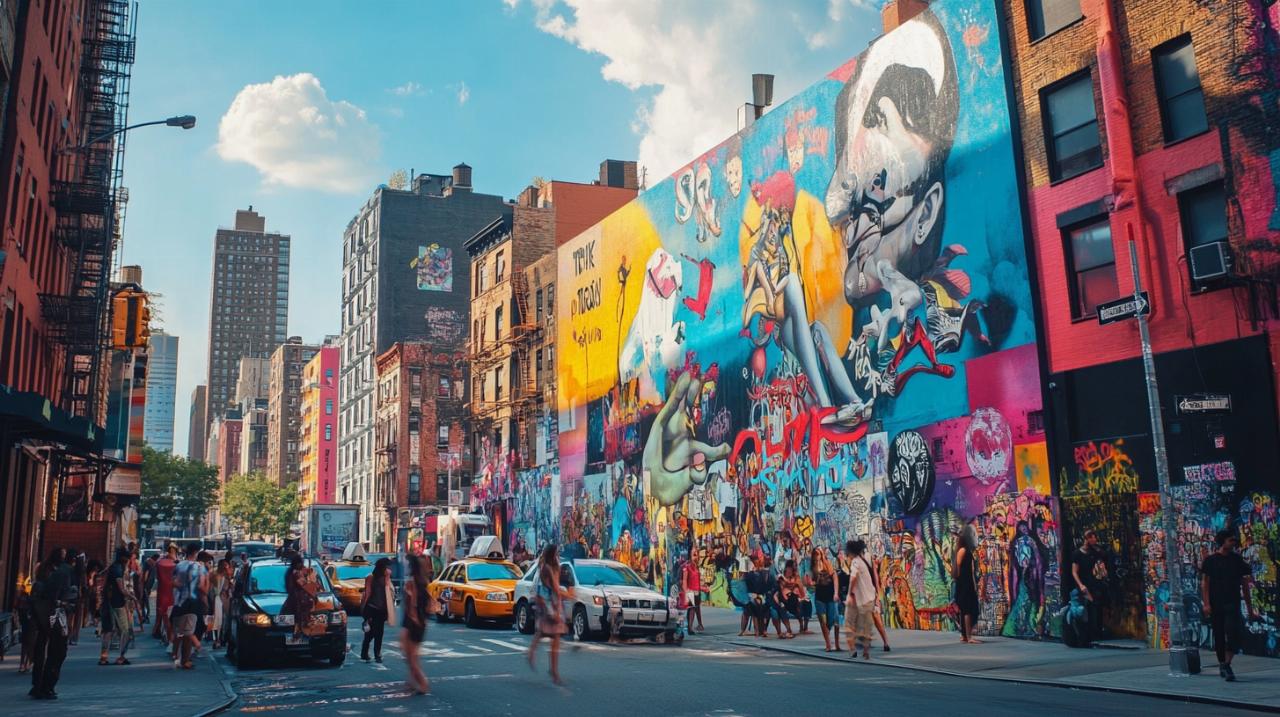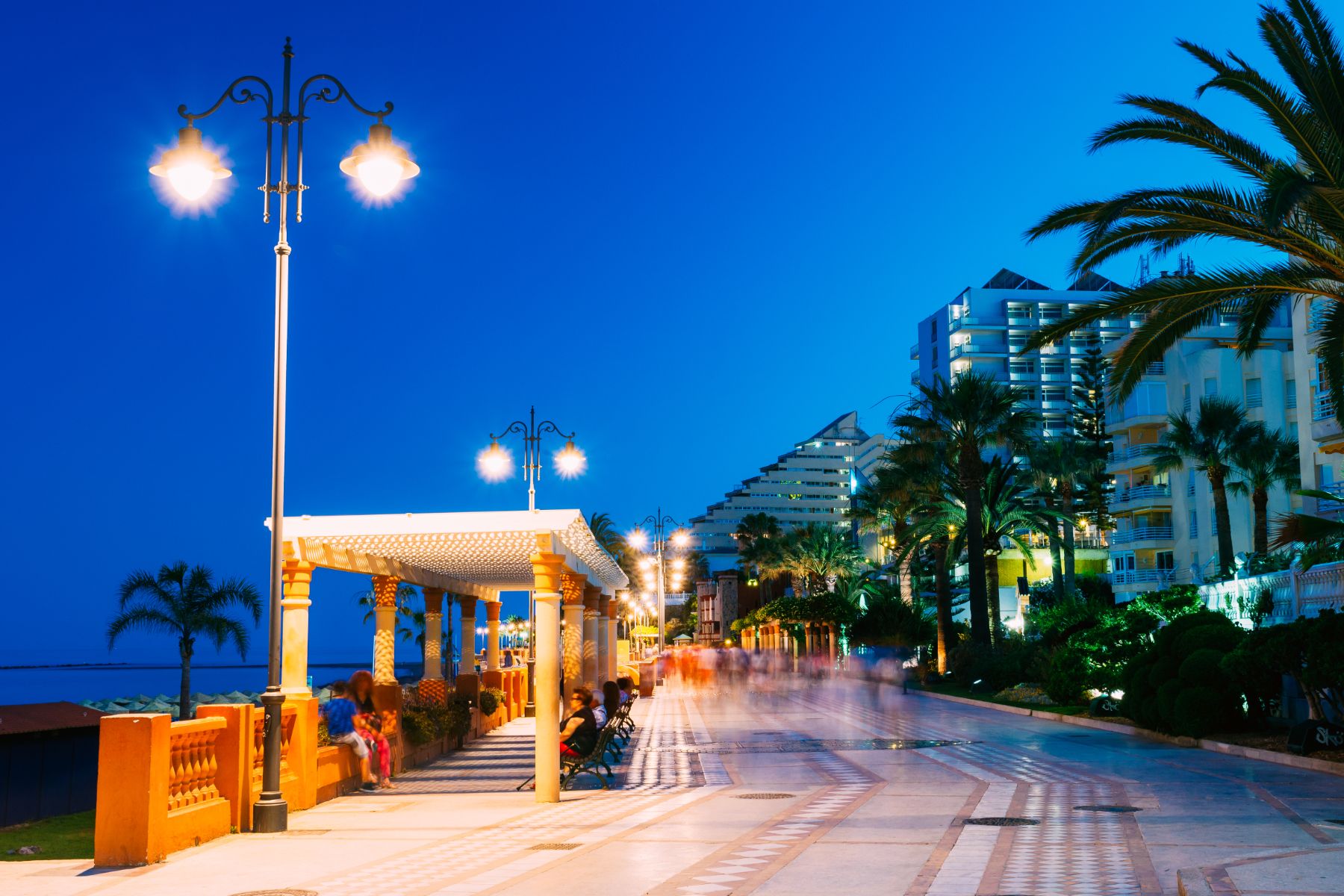Cities today wear their culture on their sleeves, quite literally, as the vibrant worlds of street art and fashion merge to redefine the visual language of urban living. From the bold murals that adorn brick walls to the graphic tees and customised hoodies seen on every corner, these creative forces shape not just how we see our surroundings, but how we express ourselves within them. London, with its rich tapestry of neighbourhoods and diverse communities, stands as a prime example of this cultural fusion, where graffiti, public art, and streetwear continuously evolve the identity of the cityscape.
How street art transforms london's neighbourhoods
Street art has long been more than mere decoration or vandalism; it has become a vital component of how communities understand and celebrate their own identity. Across London, the visual impact of murals and graffiti extends far beyond aesthetics, serving as a platform for social commentary, rebellion, and creative freedom. What began as an underground movement in New York during the 1970s has blossomed into a global phenomenon, and London's streets now showcase works that challenge norms, champion activism, and give voice to underrepresented communities. The DIY ethos underpinning this art form invites everyone to participate, turning anonymous walls into canvases for individuality and counterculture expression.
The evolution of graffiti culture across east london
East London has emerged as the beating heart of the capital's graffiti scene, a place where bold colours, patterns, and messages intersect with the everyday rhythms of urban life. The evolution of graffiti here reflects a shift from illicit tagging to widely celebrated public art, with areas such as Shoreditch and Brick Lane becoming open-air galleries. Pioneers like Keith Haring and Jean-Michel Basquiat, whose influence transcended continents, laid the groundwork for a movement that now sees contemporary artists collaborating with high fashion brands and luxury retailers. This progression has not diluted the rebellious spirit of street art; rather, it has amplified its reach, allowing the energy and vibrancy of graffiti to permeate not only city walls but also the clothing and accessories worn by those who navigate these spaces. The Tmart store and similar retailers recognise this cultural shift, offering products inspired by urban culture and creative freedom that resonate with younger audiences keen to wear their identity with pride.
Public Murals and Their Role in Community Identity
Public murals serve as landmarks of community pride and collective memory, transforming otherwise overlooked urban spaces into sites of cultural significance. In London, these large-scale artworks often depict themes of activism, social justice, and local history, fostering a sense of belonging among residents. The presence of such murals encourages dialogue and reflection, turning streets into platforms where diverse voices can be heard and celebrated. This visual storytelling not only enhances the aesthetic appeal of neighbourhoods but also strengthens the social fabric, as communities rally around the art that represents their values and struggles. The impact of these murals extends into the realm of fashion, where graphic tees, hoodies, and sneakers frequently feature graffiti motifs and bold designs inspired by the very walls that line city streets, creating a seamless dialogue between fixed urban art and wearable self-expression.
Fashion's Footprint on Urban Landscapes and Style
 Fashion and street art are not separate entities but rather intertwined forces that shape the visual and cultural atmosphere of modern cities. The energy and colours inherent in street art have seeped into urban fashion, influencing everything from high street aesthetics to the theatrical outfits of street performers. Brands such as Supreme, Stussy, Adidas, and luxury houses like Louis Vuitton, Gucci, and Moschino have all recognised the power of this synergy, forging collaborations with street artists to create collections that blur the lines between art and apparel. These partnerships, exemplified by historic collaborations like Stephen Sprouse with Louis Vuitton or more recent efforts involving artists like Hattie Stewart and Pharrell Williams, have reshaped the fashion landscape, making street-inspired designs accessible and desirable to a global audience. Retailers from Zara to H&M now incorporate street art elements to make their shops more visually engaging, while eco-friendly practices and sustainable materials are increasingly adopted by brands like Raw Footage Clothing, which draws inspiration from street art to create urban streetwear that champions ethical production and environmental responsibility.
Fashion and street art are not separate entities but rather intertwined forces that shape the visual and cultural atmosphere of modern cities. The energy and colours inherent in street art have seeped into urban fashion, influencing everything from high street aesthetics to the theatrical outfits of street performers. Brands such as Supreme, Stussy, Adidas, and luxury houses like Louis Vuitton, Gucci, and Moschino have all recognised the power of this synergy, forging collaborations with street artists to create collections that blur the lines between art and apparel. These partnerships, exemplified by historic collaborations like Stephen Sprouse with Louis Vuitton or more recent efforts involving artists like Hattie Stewart and Pharrell Williams, have reshaped the fashion landscape, making street-inspired designs accessible and desirable to a global audience. Retailers from Zara to H&M now incorporate street art elements to make their shops more visually engaging, while eco-friendly practices and sustainable materials are increasingly adopted by brands like Raw Footage Clothing, which draws inspiration from street art to create urban streetwear that champions ethical production and environmental responsibility.
High street aesthetics shaping city centre atmospheres
The high street, once a bastion of conventional retail, has undergone a dramatic transformation as fashion brands embrace the visual language of street art. Shop fronts now feature bold murals and graffiti-inspired graphics, creating an atmosphere that mirrors the vibrant, ever-changing character of the urban environment. This shift reflects a broader trend in which retail spaces are not merely points of sale but cultural destinations that celebrate individuality and self-expression. The influence of street art on high street fashion is evident in the prevalence of graphic tees emblazoned with social or political statements, accessories adorned with graffiti motifs, and footwear that channels the rebellious spirit of the streets. Brands like Uniqlo and Adidas have capitalised on this trend, offering collections that marry comfort and functionality with the bold aesthetic of urban art, thereby appealing to consumers who view fashion as a form of activism and identity. The integration of street art into retail not only enhances the visual appeal of city centres but also fosters a deeper connection between consumers and the cultural narratives that define urban life.
Youth Fashion Movements and Their Visual Impact on Urban Spaces
Youth fashion movements have become a driving force in the visual transformation of urban spaces, particularly on college campuses and in areas frequented by younger demographics. Street art, with its emphasis on rebellion, self-expression, and social commentary, resonates deeply with students and young professionals seeking to assert their individuality in a crowded world. The DIY ethos of customisation encourages young people to personalise their clothing, transforming mass-produced garments into unique statements of identity. This trend is amplified by social media, which enables street-inspired fashion to spread globally, transcending geographical boundaries and creating a shared visual language among diverse communities. The theatrical and unconventional outfits of street performers further influence youth fashion, blending elements of performance art with everyday wear. Comfort and functionality remain paramount, as young people balance the demands of academic life with their artistic pursuits. Some students even turn to essay writing services to manage their workload, allowing them more time to engage with creative hobbies that improve their discipline and project management skills. The visual impact of these fashion movements is profound, as hoodies, sneakers, caps, and accessories emblazoned with street art imagery become ubiquitous, turning city streets into dynamic canvases where identity, rebellion, and social messages are worn as badges of honour. This phenomenon underscores the enduring power of urban art and fashion to shape not only individual style but also the collective character of the cityscape itself.


